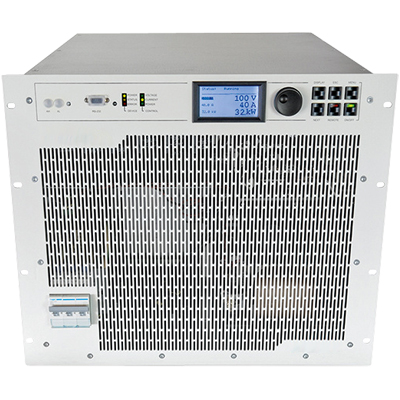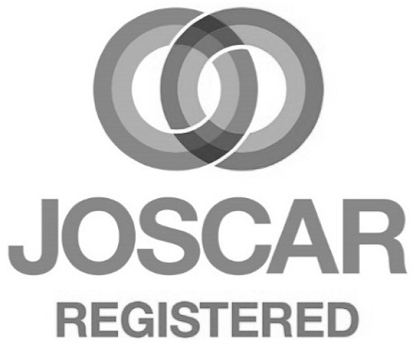When researching second life battery packs, WMG at the University of Warwick needed a DC-DC power system to help convert their goals into reality.
 A growing concern for xEV batteries is what will happen to them at the end of their lifetime. Many batteries have significant capacity left for other uses. Grid storage is one such application, as the performance demands aren't as high.
A growing concern for xEV batteries is what will happen to them at the end of their lifetime. Many batteries have significant capacity left for other uses. Grid storage is one such application, as the performance demands aren't as high.
One of the main research goals for the Energy Innovation Centre at WMG, which recently underwent a £20m expansion funded by the Energy Research Accelerator (ERA), is to evaluate and test these second life batteries. This includes the ability to integrate energy generated by renewable sources.
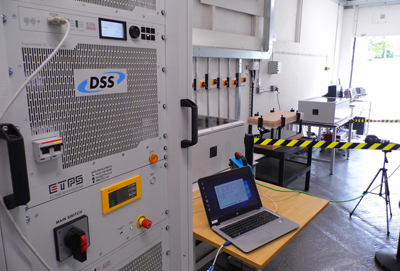 In order to propel their research forward, a bidirectional programmable DC-DC converter was needed. This would need to perform charge/discharge tests on batteries, as well as emulating them.
In order to propel their research forward, a bidirectional programmable DC-DC converter was needed. This would need to perform charge/discharge tests on batteries, as well as emulating them.
As nothing was commercially available to meet the requirements of the project, ETPS provided a non-standard solution. This involved replacing the standard AC grid-tied line of bidirectional LAB-GSS power systems with a 750V DC line voltage.
All the operating features of the original power system were maintained, meaning that the new converter could perform a multitude of research tasks.
Dr Alex Ridge, Research Fellow for Power Electronics remarked: "By using the architecture of a well adopted existing product, it gave us a high level of confidence that the new development would be technically sound."

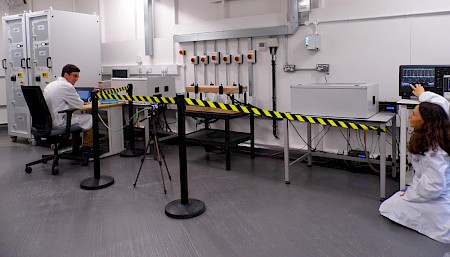 During the initial project, the
During the initial project, the 
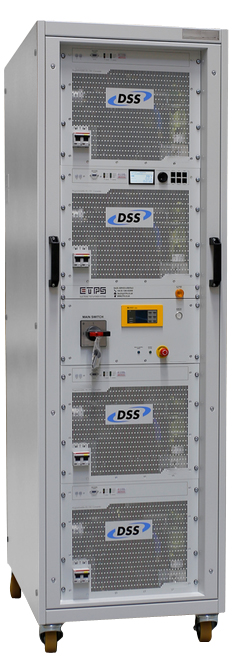 Since the ERA project, the
Since the ERA project, the 